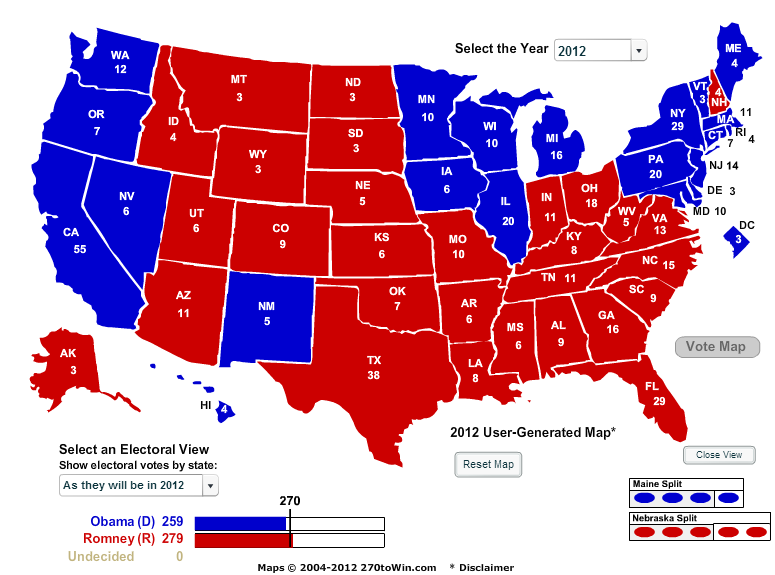Who's Responsible for Benghazi?
Three weeks ago, I was predicting that Mr. Obama and Mrs. Clinton would fight to the death, trying to pin Benghazi on each other. For instance, What Happened In Benghazi
The State Department has released a transcript of a briefing that two high-ranking department officials gave to a number of reporters via conference call on October 9 (Tuesday). I am not certain about this, but I believe the transcript was only made public today. You should read it in its entirety; it is the most detailed description I have seen of the events in Benghazi on September 11.
While this is by no means clear, it appears that the State Department may have released the transcript as part of the escalating conflict between Barack Obama and Joe Biden and the Secretary of State, Hillary Clinton. In their desperation to avoid responsibility for the Benghazi debacle, Obama and Biden have pointed fingers in two directions: at the intelligence community for reporting incorrectly that the incident was a protest over a YouTube video clip, and at the State Department for not providing adequate security for the Ambassador.
But then, Mrs. Clinton took responsibility for the event.
Clinton: I’m responsible for diplomats’ security – CNN Security Clearance - CNN.com Blogs
"I take responsibility" for the protection of U.S. diplomats, Clinton said during a visit to Peru. But she said an investigation now under way will ultimately determine what happened in the attack that left four Americans dead.
Clinton said President Barack Obama and Vice President Joe Biden are not involved in security decisions.
"I want to avoid some kind of political gotcha," she added, noting that it is close to the election.
After thinking about it for a few hours, I saw one possible motivation for this: make the the President look bad by showing up his attempts to duck responsibility. It's possible that the President agreed.
Obama Camp: On Libya, President ‘Takes Absolute Responsibility’
Yesterday, Hillary Clinton said, “I take responsibility” in reference to the Benghazi attacks. But in an interview today, Obama campaign spokesperson Jen Psaki stressed President Obama accepted responsibility.
“President Obama takes responsibility for the safety and security of all diplomats serving overseas,” Psaki told Fox News Channel’s Studio B with Shepard Smith. “Secretary Clinton, of course, has a great amount of responsibility as Secretary of State and she was doing interviews yesterday as she often does on the first day of a foreign trip and said look we do own, the State Department does own decisions around funding for diplomats.”
But there's something else to notice: Mrs. Clinton took responsibility for the safety of the diplomats. She didn't say anything at all about the ensuing "it was the video!" cover-up attempt. She's more than happy to let the President explain that one himself. What's more damaging, when it comes to politics: the lapse or the cover-up? Mrs. Clinton may be betting that it's the cover-up.
This entry was tagged. Barack Obama Foreign Policy Hillary Clinton Libya Mideast President2012
